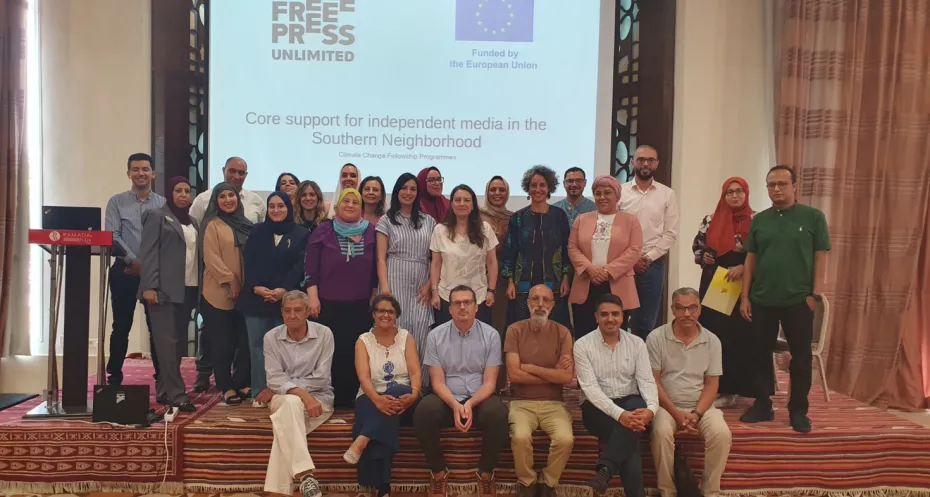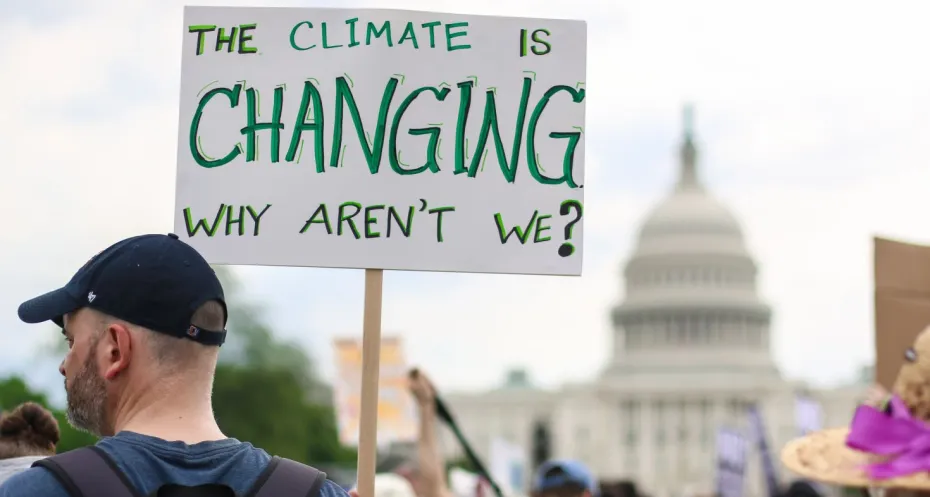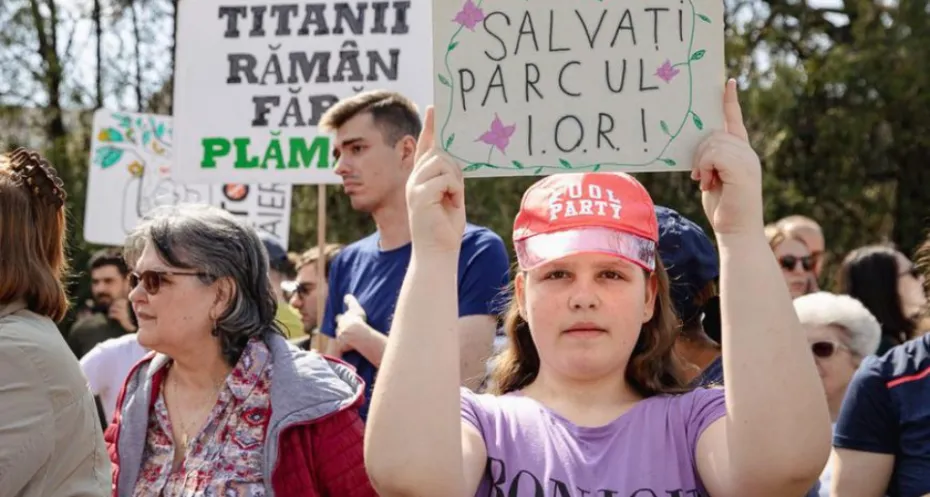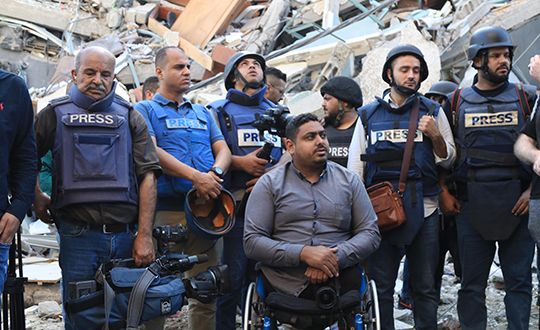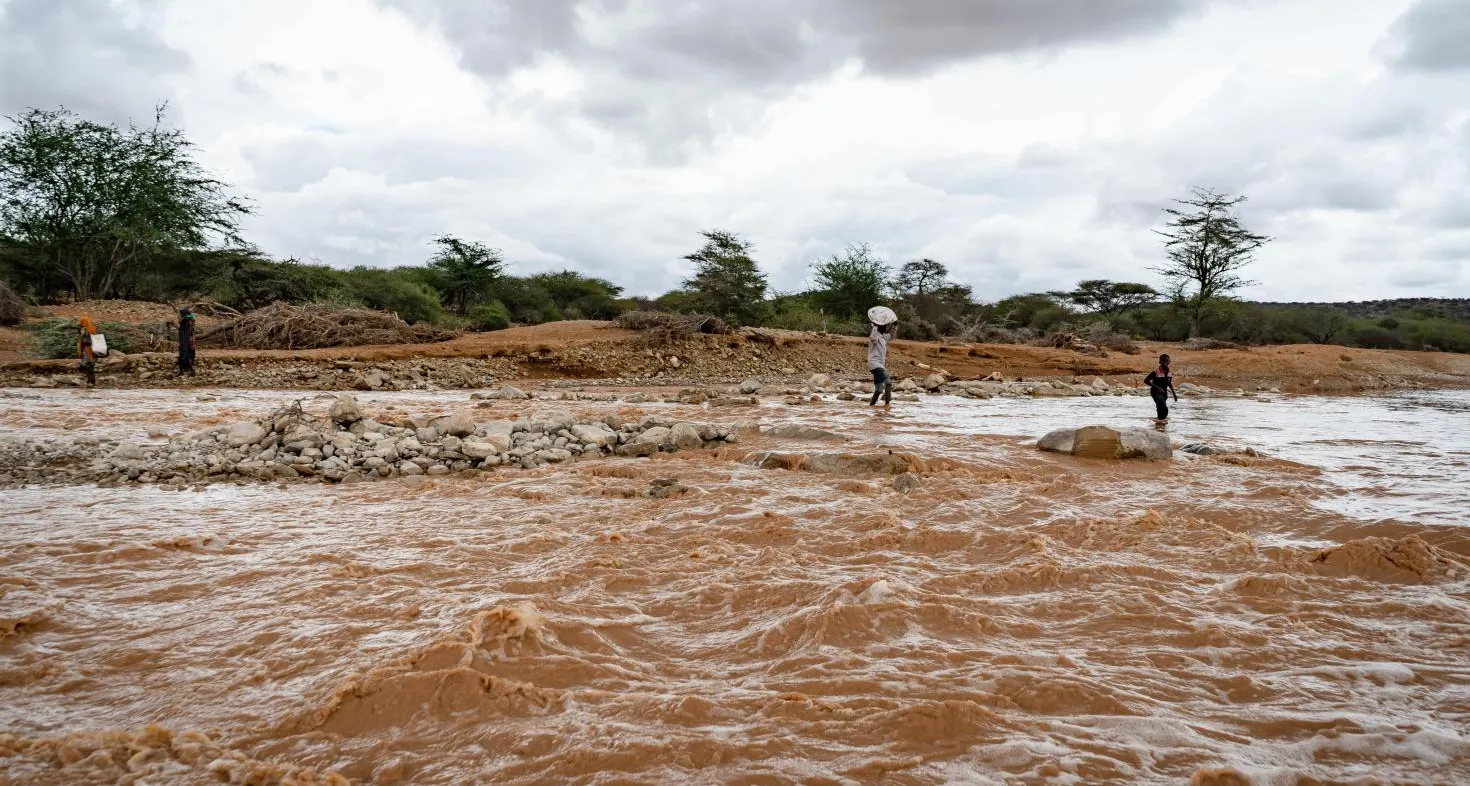
Including journalism in disaster risk management can save lives in Somalia
Due to its geographical location, Somalia is at risk for several natural hazards, including droughts, floods, cyclones and climate related diseases. Ibrahim A. Mohamed, projects manager at the Media Association of Puntland in northeastern Somalia, talks to us about the critical role of journalism before, during, and after a disaster happens.
The Media Association of Puntland (MAP) promotes press freedom in Puntland regions and defends the right of journalists to report the news without fear. It is Free Press Unlimited’s partner in a programme that supports media and journalists in their reporting on disasters.
Ibrahim Mohamed: “For the Media Association of Puntland (MAP), this is new territory. We have never done a tailored programme that focuses on reporting on disasters in this region. It is something that is very unique and long overdue, because good reporting around disasters can save lives.”
How do MAP and Free Press Unlimited attempt to change that?
“We brought 15 journalists from the two districts Gardho and Garowe together, and gave them training on their critical role within Disaster Risk Management. This was the first activity held under this programme. The training made it clear that the media’s role is not only to report on disasters, but also holding the authorities accountable for their role in it. This is something that nobody was really aware of, including myself. Secondly, the training gave us the understanding that journalists should not only report when the disaster hits, but they can also play a role in issuing early warnings.
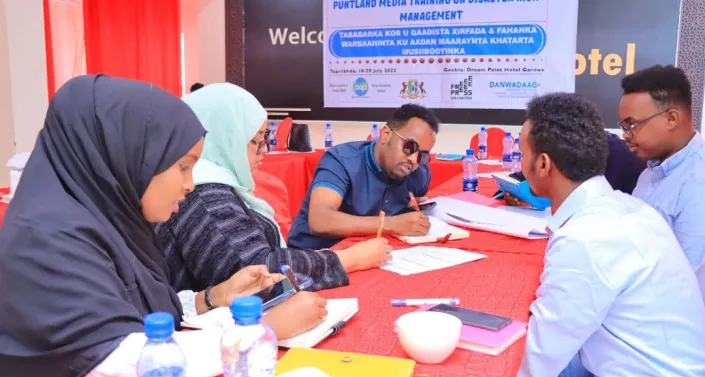
We also held a public forum, something that had never been done before in Gardho, inviting decision makers to face the public directly. It was challenging to arrange because these decision makers had never been put on the spot like this, facing the emotions from the public.
It gave the public the opportunity to express their issues, but also to demand answers and an adequate response to the floods that had hit the region consecutively for three years. It was very fortunate that the journalists had just received the training, they were able to respond to it very well.”
Can you explain how the reporting on this flood changed compared to the reporting on previous disasters?
“So previously, reporters would just capture the disaster and report factually that it had happened. It would not really mention the role of the authorities, or report on the aftermath.
In response to the flood in Gardho, it was more of a complete package, giving a full overview of the incident, including interviews with government representatives on their current response. This informs the public on what they can expect from the government, and helps to hold them accountable for it in the future. It also made the authorities aware of the fact that there's another power in play exposing their weaknesses, plus putting pressure on them to take responsibility.”
“Access to information is an issue. The government has no effective policy when it comes to disaster risk management."
Is safety a concern for journalists to do their work in this context?
“Advocating for issues that are exposing weaknesses and gaps within the government in this context is not safe in general in Puntland, and Somalia at large. Of course we see these risks. But is it acceptable? Yes, because it is important and beneficial to the public. This is the main thing that drives us to continue to carry out our activities. If we don't do it, it gets much worse.”
How do the authorities respond to this new pressure?
“To give some context, the town where the flood happened had just had elections where for the first time in 50 years citizens directly elected their local government representatives. So the elected officials were very motivated to respond to their voters. That was another factor that we utilised in our negotiations during the preparation for the public forum. We have also seen some changes at the state level. Months after the public forum, the state appointed special state representatives on Disaster Risk Management in the districts of Garowe and Gardho. We cannot prove it, but we believe that the reason why they appointed these representatives specifically to these district(s) has something to do with the discoveries and pressure of the media.
We do have issues with authorities avoiding answering some questions. In response to that we brought in experienced journalists who really understand the context, and who didn't give them space to manoeuvre and skip questions. We prepared well. But our biggest concern was to bring forward the grievances of the public to the government. Especially the impact of the local women could be seen here. They spoke up and made sure their voice was heard, which we are very happy about. We hope for more impact in the future, but this is a good start.”
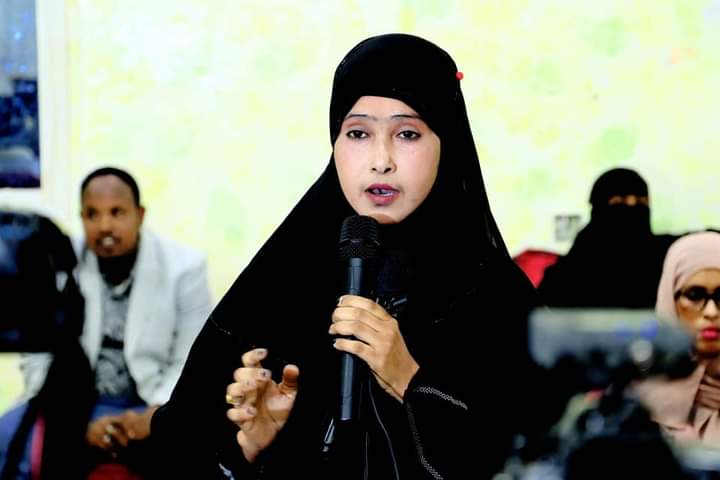
What are the biggest challenges for journalists to play their role in disaster risk management at the moment?
“Access to information is an issue. The government has no effective policy when it comes to disaster risk management. This is impacting the accuracy of data that journalists get, and they also often do not receive information on time, making it difficult to play the pre-disaster role.
Secondly, the government still fails to assemble a clear team that responds to disasters. For example, the Ministry of Environment has a responsibility for disaster response, but the Ministry of Humanitarian and Disaster Risk Management is also handling disasters. So there’s a lack of good organisation within the state, which combined with the absence of an effective policy, makes it challenging for the media to do their work.”
What is next?
“Last year we focused more on the district level with the public forum and dialogue within the media. This year we are trying to expand our public forums to the state level. We are planning to target the ministers who are the main decision makers in disaster risk management. Our aim is to monitor the government in terms of policy reform, and the reform within the different ministries to create one clear line on who is responsible for what in terms of disaster risk management. We already know their weaknesses, but we will also dedicate time to make clear what kind of improvements can be made.
Lastly we also launched an advocacy project earlier this year to improve access to information in the region. In the Puntland media law, an access to information act is provided, but not established. Right now we are advocating with the relevant state and non state stakeholders to change this. This will hopefully make it easier for journalists to receive accurate and timely information from the government, and therefore also help them to play their role in disaster risk management.”
